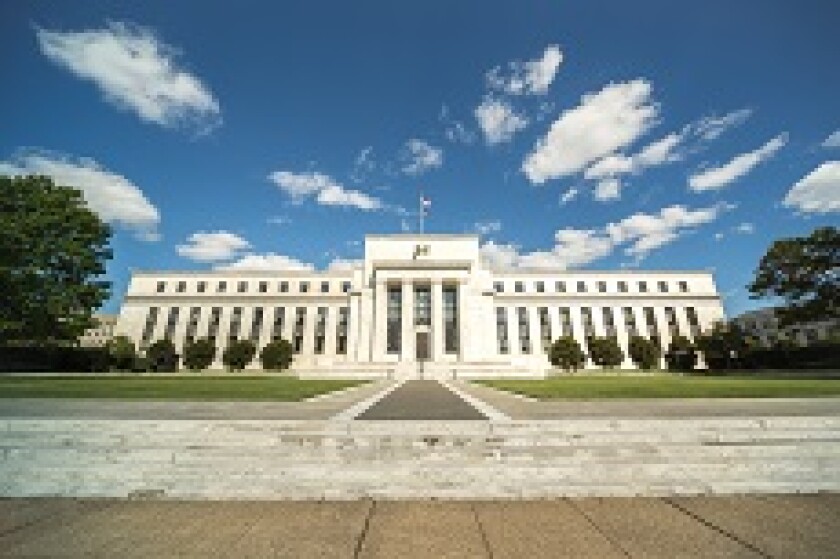The arrival of QE as a remedy for the crisis and recession that accompanied it was swift — hasty, even. But extraordinary times called for extraordinary measures.
The extraordinary is now the ordinary with central banks everywhere having swelled their balance sheets.
The effect, along with low rates, has been to crush yields and spreads. Borrowing has never been easier. This was to stimulate economic activity while governments got to grips with structural reform.
But those reforms never really arrived and neither has widespread high growth. Back in those early days of QE some close to the monetary policymakers would give GlobalCapital an impish shrug and a wink when asked what the plan was for weaning the market off its new drug. It seemed unbelievable that there was no exit plan.
But perhaps it is better not to exit. Is it not better to let assets on, say, the Fed’s balance sheet mature rather than face the uncertainty of pushing high volumes of securities back into the market? The redemption cash would be a welcome addition to national coffers and debt-to-GDP ratios everywhere.
The potential destruction to asset values of unwinding QE could be far more crippling than any of the recent political shocks that have had market pros in such a lather. Maybe QE is one high it is best not to come down from.
